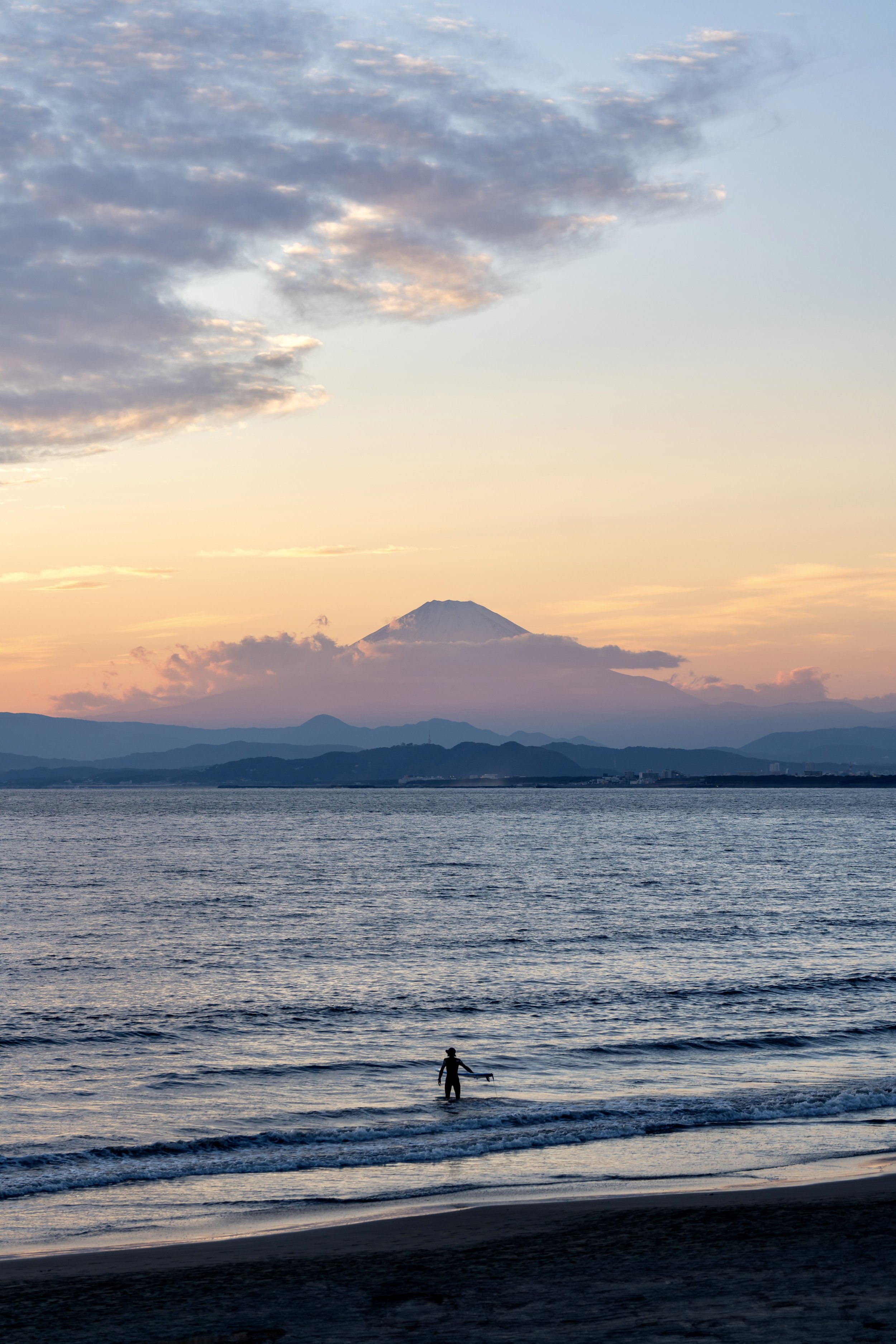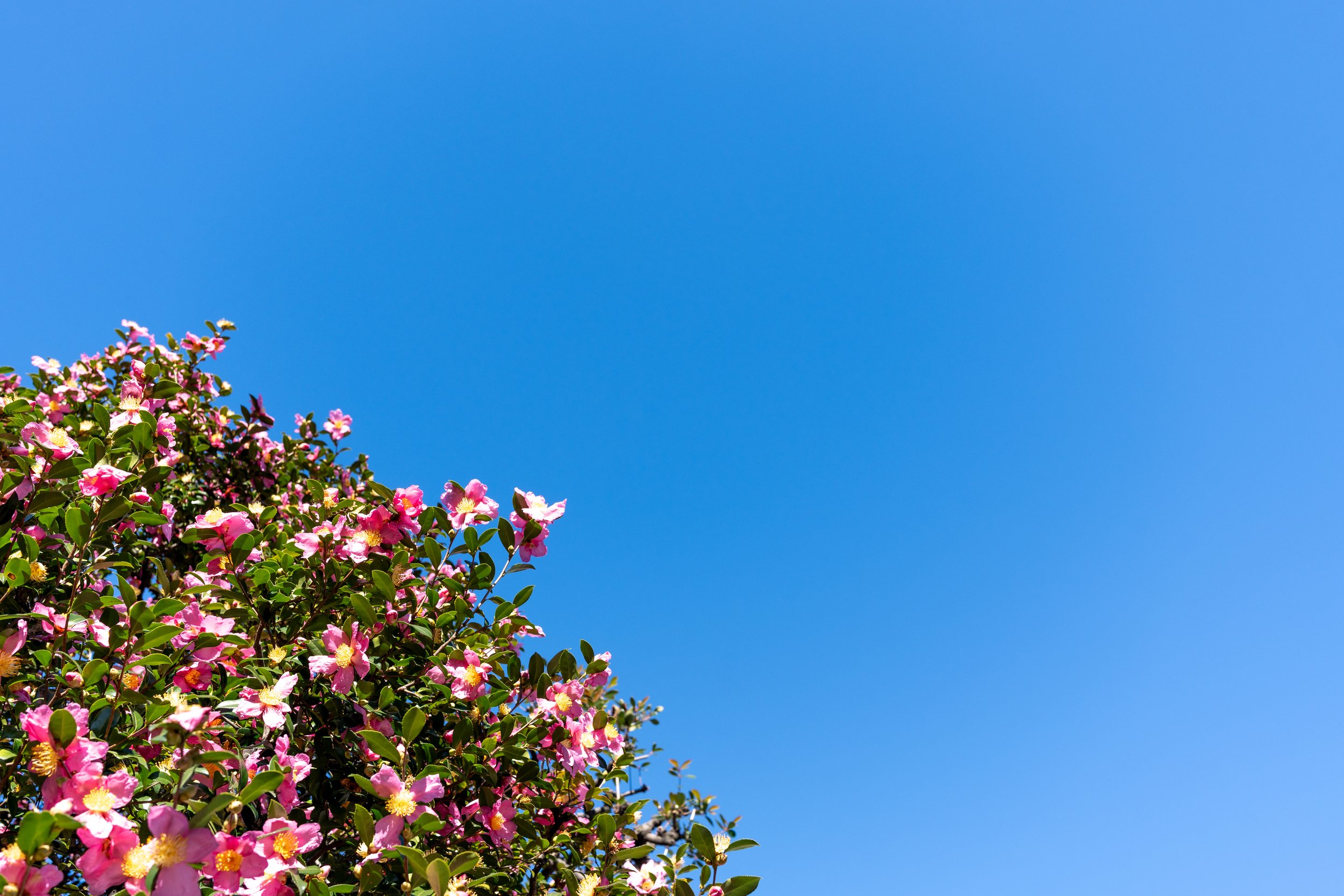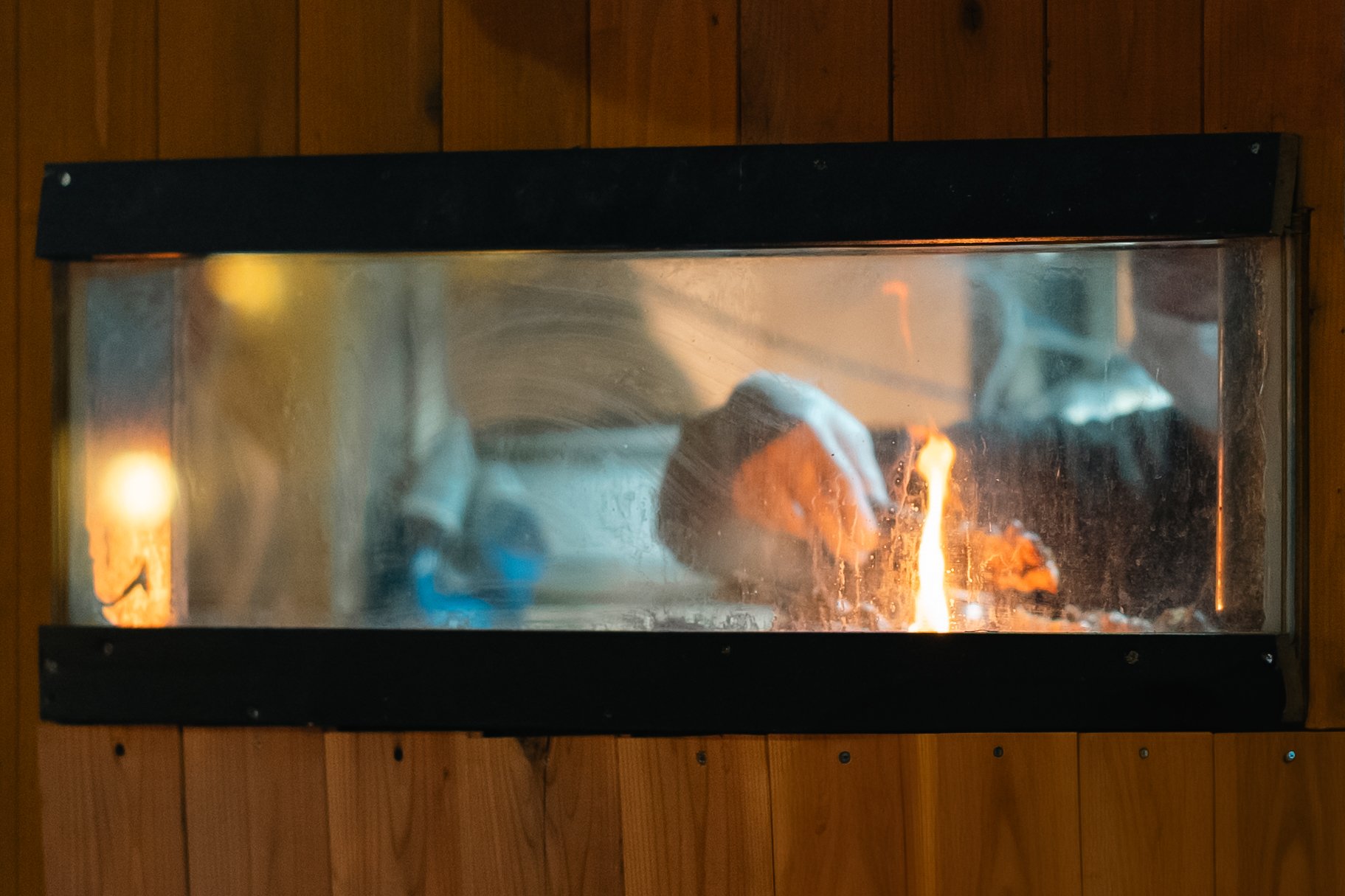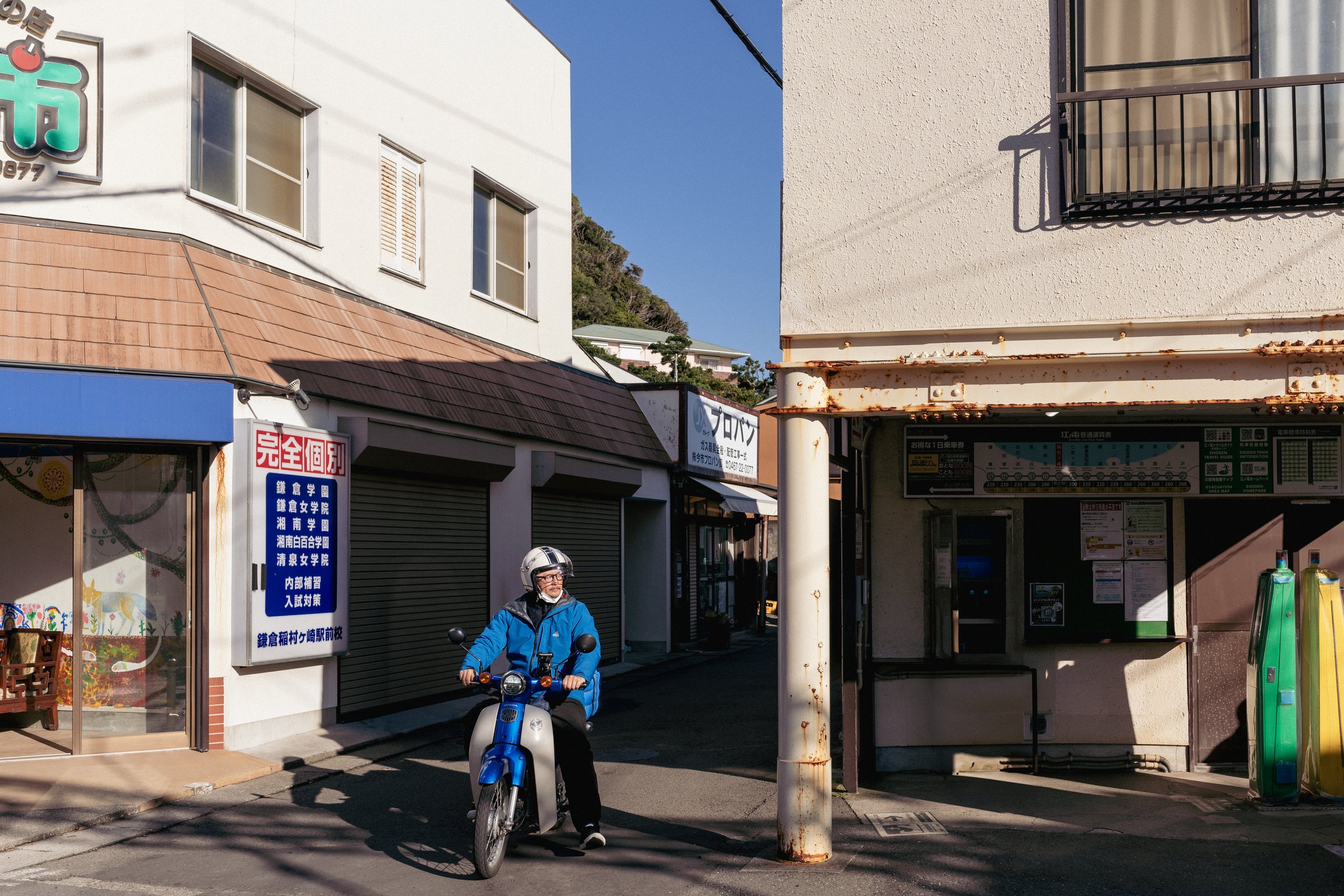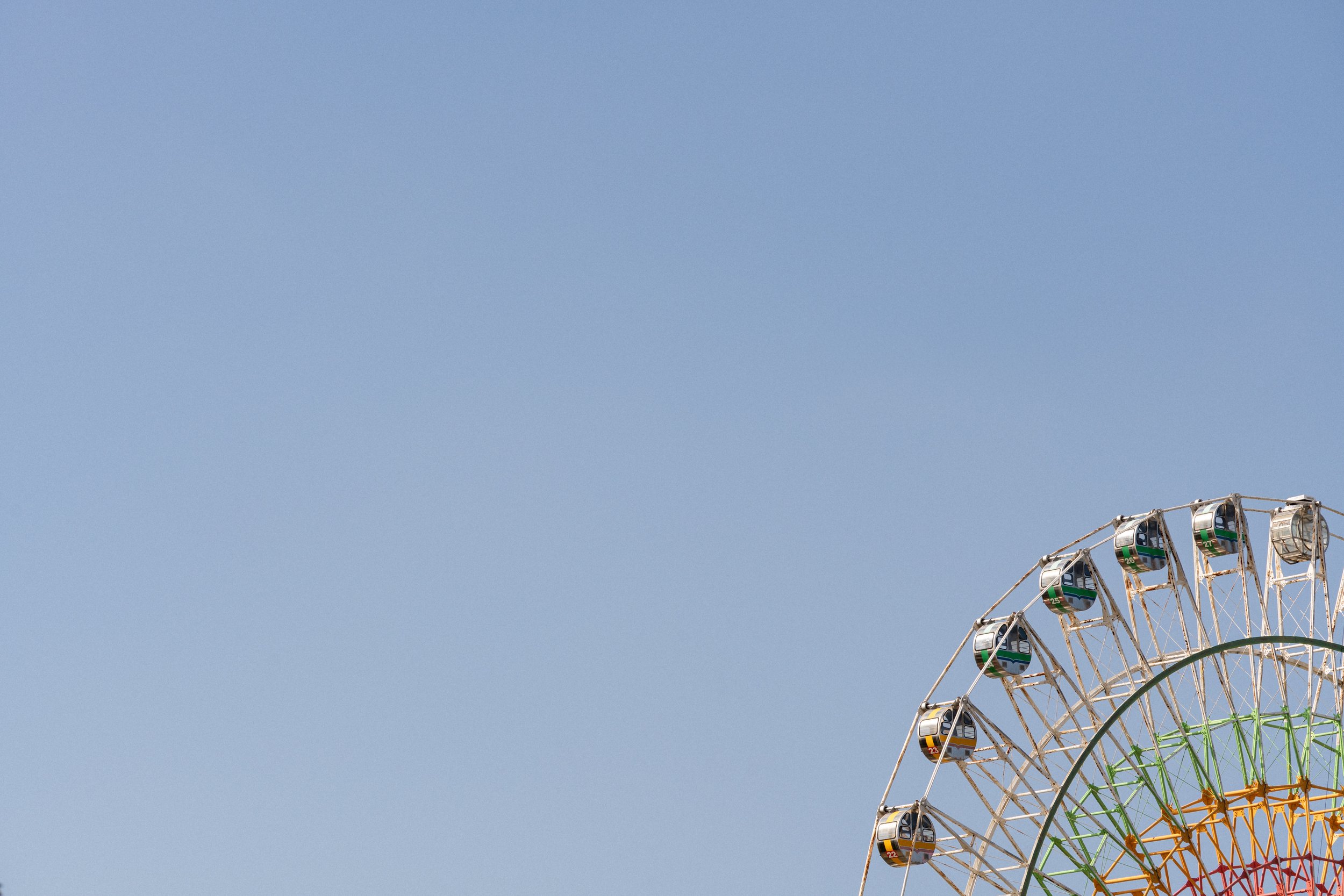The Districts of Tokyo
The city of Tokyo is divided into numerous districts, and therefore spread far and wide. Truth be told, it can be hard to know where to start. Alongside the most famous and well known areas of the city, there are also a number of districts that often fly under the radar and go unnoticed.
In this Tokyo travel guide I’ll be breaking down a selection of the districts of Tokyo, as well as providing information on those that are lesser known, but definitely worth exploring. If you would like to view further information on how to spend a week in Tokyo, you can do so by reading a separate blog here.
Why Tokyo?
For me, Tokyo is the best city in the world, it literally has everything you could possibly imagine, day and night. There’s no place like it, a futuristic centre of mayhem just waiting to be explored. A major reason why it’s so popular is because of the wide variety of areas and locations you’re able to enjoy. From the neon lit big hitters of Shibuya and Shinjuku, to the calm and relaxing neighbourhoods such as Yanaka, each district in the city brings its own change of pace and vibe.
Tokyo is also a fantastic foodie scene, and in-between the next-gen vibes and the chaos, there is also plenty of culture and historical aspects of the city to be found.
Furthermore, if you want a bit of rest-bite from the madness that is Tokyo, the city is perfectly located for a day trip or two, a day at the seaside in Kamakura, or getting up close and personal with Mt. Fuji are just two personal favourites that come to mind.
The Essentials
One of the first things you will want to do when you get to, or even before you arrive in Japan is to get a SUICA card. These can be purchased at either Haneda or Narita Airports, or at all major stations. Alternatively, if you have an iPhone, go into your Apple Wallet and under the transit cards option add the SUICA card. There are other options that all do the exact same thing, they are just named differently in various regions of Japan. This card is going to be used for your main transportation and all other payments. You can use it on most of the public transport options around Japan, and are even able to use it to pay for things in places where credit cards are not accepted. To top the card up, simply transfer the money onto the card across via Apple Pay.
Sticking with the money theme, cash is also an essential in Japan as a whole, with lots of small businesses especially in more remote areas not accepting any form of card payment.
A further essential is to download a translation app, you never know when you might need help or would like to communicate with the locals. Although English can be more common in the bigger cities, a lot of people naturally speak limited English.
When to Visit
After three previous visits to Tokyo and Japan, my most recent and notable time to visit is in October/November. Twice I have came this time of Year, and both times the weather was still pleasant, with days of glorious sunshine and blue skies around. I would avoid the summer months as I’ve heard from numerous others it’s hot and humid like hell, and Tokyo turns into a city baked oven. Alternatively, spring time around April/May is a beautiful time of year to visit Tokyo also, with the temperatures starting to warm up and the grey skies really starting to make way for brighter horizons.
How Long & Where to Stay
Honestly, you could spend a number of weeks just in Tokyo alone, there is that much to do and see, both day and night. As a rough idea, on my first two visits to Japan I spent 4/5 days in Tokyo on a two week visit both times, that’s the kind of sweet spot you’ll be looking at on a two week trip to give yourself enough time to explore Tokyo at an even pace. Of course, if you have more time in Japan like I had recently on a 3 month trip to the country, anything between a week or two would be sufficient.
Where to stay is a tough one, simply because once again there is so much to do and see in Tokyo, in all corners of the city. Wherever you stay, you’re going to have to make journeys to the other side of Tokyo at some stage. Although saying this, I’ve stayed in several areas within Tokyo over the course of numerous visits, such as Ikebukuro, Akihabara, Asakusa, however the best location has been Ebisu. Perfectly placed on the west side of Tokyo, close to Shibuya and Shinjuku, Ebisu has all the energetic feelings and vibes you’d expect from being in Japan, but it’s slightly out of the way of the hectic chaos. Furthermore, Ebisu has great transport connections in all directions, being served by the H and JR lines, it’s a great spot to base yourself for a stay in the city.
Getting Around
There are numerous ways to get around Tokyo, with the most easiest and efficient way being the train and metro systems. The transport network can look and feel incredibly complicated at first, especially for a first timer. However fear not, as with any kind of organised chaos, there is method to the madness, and you will soon understand and get the general feel of the cities JR Line trains and the metro links.
Most stations normally have English translations and announcements if in doubt, and furthermore in my experience there is always someone there to help you if they see you looking a little lost. I used Google Maps to plan routes around the city and it works perfectly, however on a side note things can get pretty busy on the train networks in Tokyo, especially around the busier areas, and during rush hour times. It’s best to plan your transportation out of these times.
An additional method of transport in Tokyo is to grab and flag down a Taxi. From memory, the Taxis are affordable and of course get you from A-to-B without the need to carry your luggage around the city, making them an easy and efficient option. However on the flip side, due to traffic within the city, sometimes taking a Taxi will take longer than the Train.
And finally, Walking is also of course a fantastic method of getting around when visiting Tokyo. For me personally, this is the best mode of transport (disregarding huge distances of course). This is because you will come across many beautiful and fun filled neighbourhoods and districts that you would otherwise miss and not see. In my most recent visit, through walking I discovered so much more of Tokyo I never knew existed, and even now after being there for the third time, I feel there is still so much more I would love to see and explore.
Photography
As far as photography goes, I’ve never been somewhere more adapted and modernised to the world of photography. It’s very popular in Japan, you’ll regularly come across rows and rows of camera shops next to each other, they take it seriously here for sure. You’ll bump into fellow photographers at every twist and turn, Japan is immensely popular for a very good reason, there’s unlimited amounts to see and do, and therefore photograph.
The rules around photography here are much more relaxed and widely accepted compared to various other places in the world, however people will make it clear when they don’t want to be photographed, and you’ll have to respect that. The vast majority of people in Japan are extremely respectful and polite, and will therefore avoid confrontation, please don’t take advantage of that, always respect their wishes.
Shibuya
Let’s start with the heavy hitters and the most well known district of Tokyo, Shibuya. Home to the world famous Shibuya Crossing, visiting this area is a full on experience. Full of energy and fun during the day, however it’s during the night when it really comes to life. Shibuya attracts millions of people around the world each year, it’s a huge pull and a major attraction of Tokyo and Japan as a whole. When you think of Japan, you think of the neon lit lights and those chaotically energetic nights, Shibuya is a must visit district in Tokyo. The area is also home to many various restaurants, bars and shopping choices, there is always something going on here. If you’ve only got limited time in Tokyo, this is the place to be.
Shinjuku
Sticking with the nightlife theme, a few stops away is the ever vibrant district of Shinjuku. This district has two sides to it, and can be very different come day and then night. Firstly, during the day you have the usual busy shopping district and also the beautiful Gyeon Park, then come night once again the neon lights fill the night sky, and the energy that everyone feeds off bares all to show and tell. During the day the focus within Shinjuku can be put on exploring the many wandering side streets, and as mentioned the amazing Gyoen Park. Think Central Park, but on a smaller scale. A leisurely walk through the park with the view of the city skyline beyond really does put the whole city into perspective. At night of course aim your focus towards the nightlife areas. Shinjuku is best explored by getting lost and leaving yourself wandering, each street at night is a sight to behold. As a suggestion, aim to walk towards an area known as the Golden Gai, which hosts a collection of small bars. Overall the atmosphere in Shinjuku is amazing, neon packed streets, vibrant life at every turn, Shinjuku really is the jack of all trades.
Nakano
Just a few clicks north of Shinjuku we come to our first hidden gem of a district within Tokyo, Nakano. This area is popular because of its vast amount of bars and restaurants serving traditional Japanese delicacies and drinks. Heading into the evening, the area becomes more and more busy as the people of Tokyo finish their working days, adding to the vibe and frenetic atmosphere. The district is small but packs a punch, from the station work your way out through the series of small streets and alleyways, winding your way past the various amounts of smoky food joints. Overall, come day or night, Nakano is a very fun place to explore, and also photograph.
Akihabara
Heading across and towards the eastern side of the city, the ever flamboyant and entertaining district of Akihabara awaits. The district is a main central hub for those who are fans of anime and gaming, every street is full of colour, energy, and life. It really is a bundle of fun to experience and thoroughly enjoy, and even if you’re not a massive fan of anime etc. like myself, it’s still an amazing area to explore. Especially in the evenings, there’s an electric atmosphere in Akihabara which is hard to replicate elsewhere. On a side note, on Sundays the main road is closed for traffic, allowing everyone to walk right down the middle of the prolific electric town street. Akihabara is also where I stayed during my most recent visits to Tokyo, something which I can definitely recommend.
Asakusa
If you want to experience a more historic side to Tokyo, with somewhere full of tradition and culture, look no further than Asakusa. Located in the north east of the city, this district is popular with locals and tourists alike because of its famous temples such as the Senso-ji, and the areas energetic streets. Asakusa is a must visit for any visitor to Tokyo, especially if you’re into photography. The bustling alleyways and heaps of interesting characters in traditional clothing also make a case for it to be a fantastic location to shoot.
Yanaka
Located in the northern region of Tokyo, Yanaka is a quiet and peaceful district, but one definitely not to be slept on. Full of small streets and twisting alleyways, the area isn’t big by any stretch, however the sense of a small local community within such a bustling city such as Tokyo makes for a lovely change of pace. Overall, it is a beautiful place to explore, and after numerous visits to Tokyo over the years I wish I knew about Yanaka sooner, as I can honestly say it’s one my favourite districts within Tokyo.
Ginza
To experience a more upmarket side to Tokyo, head east and to the district of Ginza. Known for its famous shopping departments and fancy boutiques, Ginza is very much a high-end area of Tokyo full of fancy choices and delights. The mood and feeling is different here compared to elsewhere in the city, everything feels very modern and spotless clean. It’s more spaced out, wide roads and attractive architecture are a common theme, the choice of dress code here is smart, alluding to the many offices and workplace spaces the district provides.
Tsukiji
Just a stones throw away down the road from Ginza is the Tsukiji Fish Market. As a world famous location, the market offers ample selections of seafood and tight winding alleyways to explore. The vibe here is one of energy and controlled chaos, lines and heaps of traders offering their services. If you’re a lover of seafood, this place will feel like heaven, and even if you’re not, there is plenty of different food choices to select from as well. Furthermore, I found Tsukiji to be a great place for street photography, using a wide angle lens such as the 35mm, capturing the chaotic but also respectful nature of the market on the day. However as the location is very well known, it does get a little busy.
Shimbashi
On the opposite side of Ginza, and heading closer towards the Tokyo Tower, is where you’ll find the district of Shimbashi. An interesting explore during the day, but as with a lot of the districts in Tokyo, it’s at night where it really comes to life. Shimbashi is a popular area for locals to visit after working hours for some food and drink, with multiple rows of restaurants and bars straddling each side of the narrow streets. As mainly a night life area, it has more of a dirtier and rougher round the edges kind of feel, an older style of Japanese orientation. Start from the station and work your way out, making your way through the billowing smoke from the Yakitori grills and bars pouring out into the streets around you. This area is also another fun and unique place to photograph.
Tokyo Viewpoints
The infamous city of Tokyo, a metropolitan area spread far and wide. Within the vast landscape of the city, it hosts a unique and special skyline renowned around the World. To gain and be able to see and understand the pure scale and size of Tokyo, the best way of viewing the city is from above. Furthermore, if you’re lucky and it’s a clear and sunny day, from a number of viewpoints it’s also possible to view Mt. Fuji.
To view more information regarding Tokyo Viewpoints, click here. In this blog I share some of the best viewpoints I’ve visited during numerous visits over the years to Tokyo. Considering the huge nature of the city, the number of incredible viewpoints is aplenty, and therefore even though the blog linked covers a number of main and important locations, both paid and free, there are also many more out there for all to find and discover. Each location that is covered in the blog is open to the public, and also easy to get to and access.
Kamakura + Enoshima
Tokyo is an incredibly amazing city full of versatility and fun, however at times it can bring a sense of chaos and therefore become overwhelming. However, a great positive of Tokyo is that the city is centrally located and also an ideal base for day trips in the region.
Out of all the options available, if it’s a trip to the seaside you’re after, then look no further than Kamakura and Enoshima. Around an hour south from Tokyo, these beautiful seaside locations present themselves as a major point of calmness and relaxation away from the city. My suggestion would be to start in Kamakura in the morning, making your way to the beach and through the peaceful and photogenic streets, and then walking along a mix of the backstreet coastline towards Enoshima for the chance to see an incredible sunset with Mt. Fuji in the background.
For more information, I recently posted a blog regarding Kamakura + Enoshima here.
Fujiyoshida
Closer to Tokyo than many realise, the sleepy town of Fujiyoshida is perfectly located and acts as an ideal base to visit Mt. Fuji. As an iconic location in the World, Mt. Fuji stands alone as a centrepiece of Japan, and one which is in reach and easily accessible on a day trip from Tokyo by either Bus or Train.
Although there are many different ways and routes to visiting Mt. Fuji, as an all-round package I suggest visiting this town at the base of the mountain. This small Japanese sleepy town is special, as soon as you step out onto the streets you can feel the sense of urban and local welfare compared to being in a big City. It’s cosy, it’s calm, it’s quiet. Out here it’s a complete change of pace and a different way of life. Without you realising, Fujiyoshida is also home to a number of the most famous viewpoints of Mt. Fuji, however on the flip side it’s also home to a much larger amount of lesser known and scenic areas where mainly only locals go, and are therefore away from the crowds. A large portion of Fujiyoshida could even be described as deserted and empty in places, that’s when you know you’re out in the rural areas of Japan.
For further information regarding a trip to Fujiyoshida and seeing Mt. Fuji up close and personal, I have written a separate blog which you can read here.
For further information, guides and blogs regarding Japan, click here.




